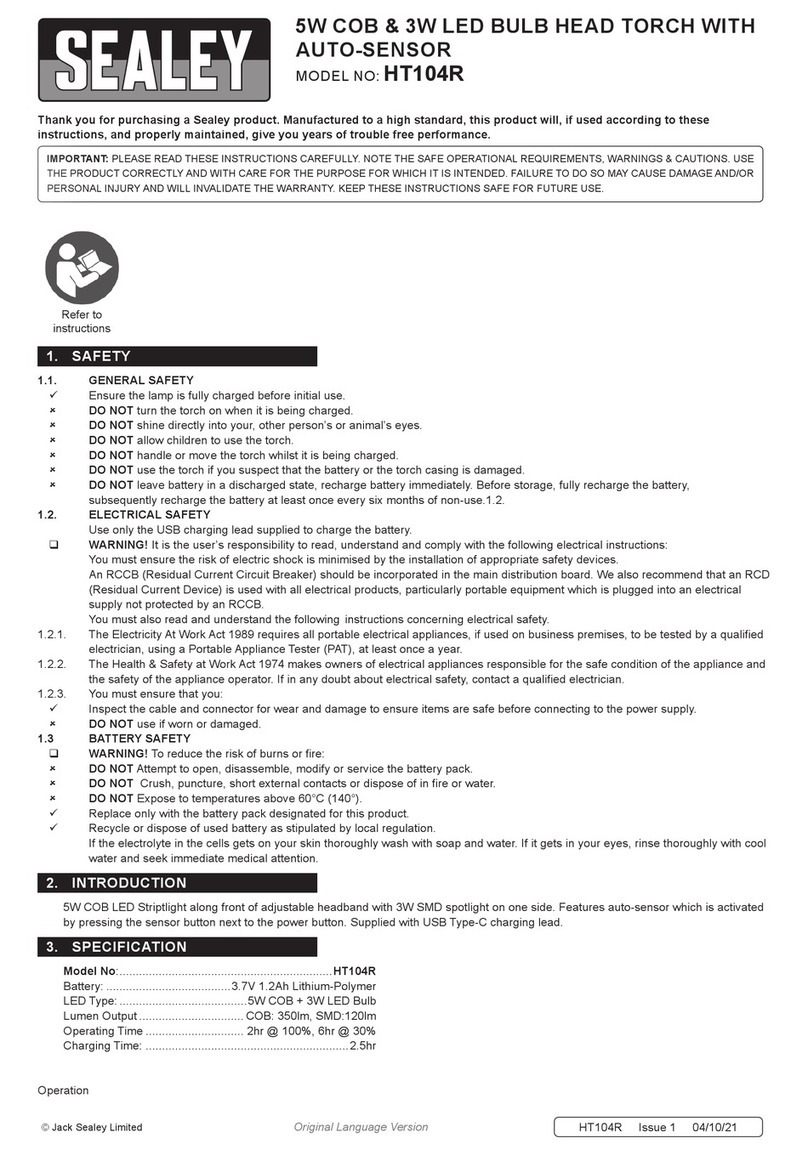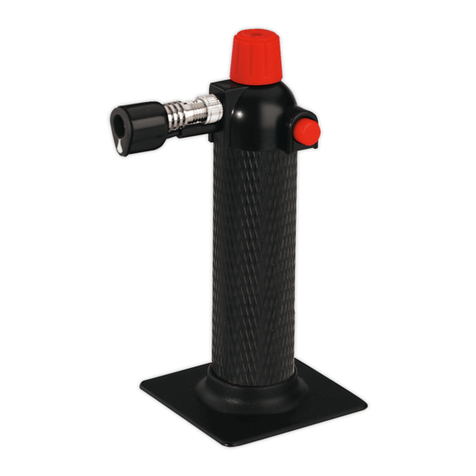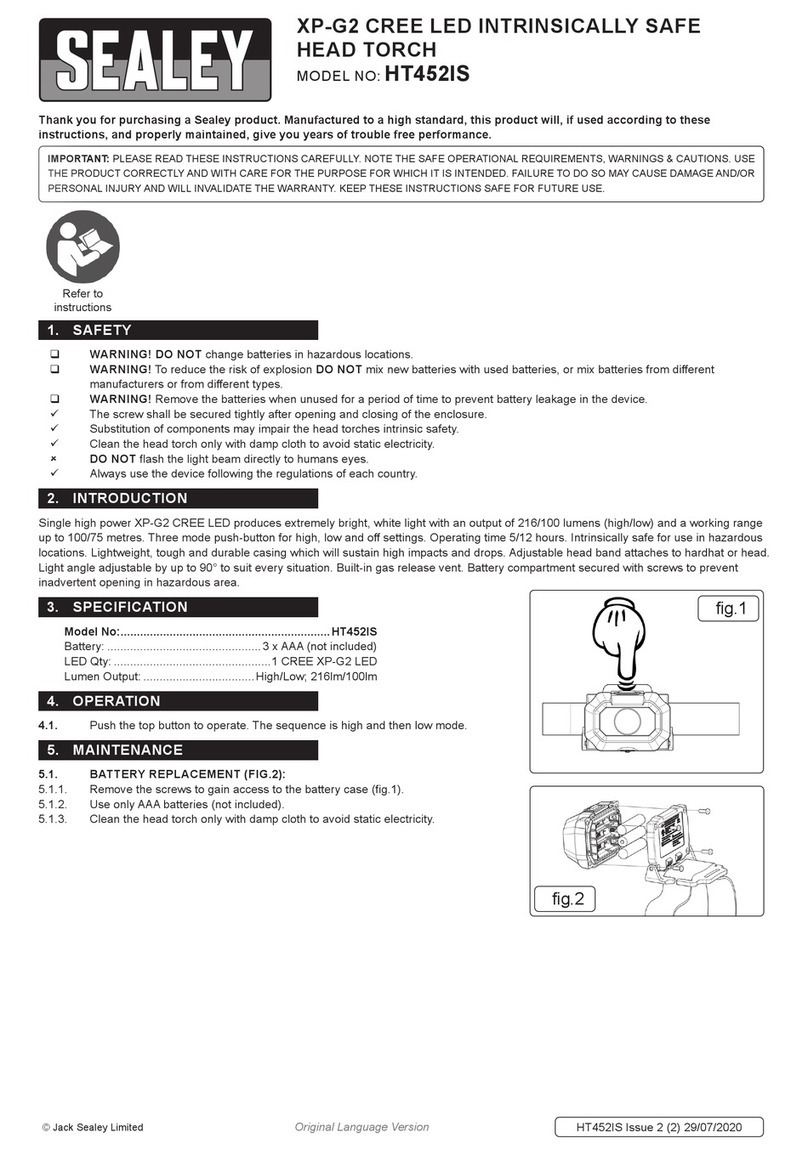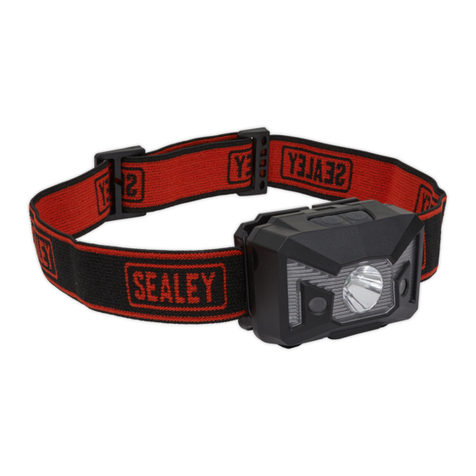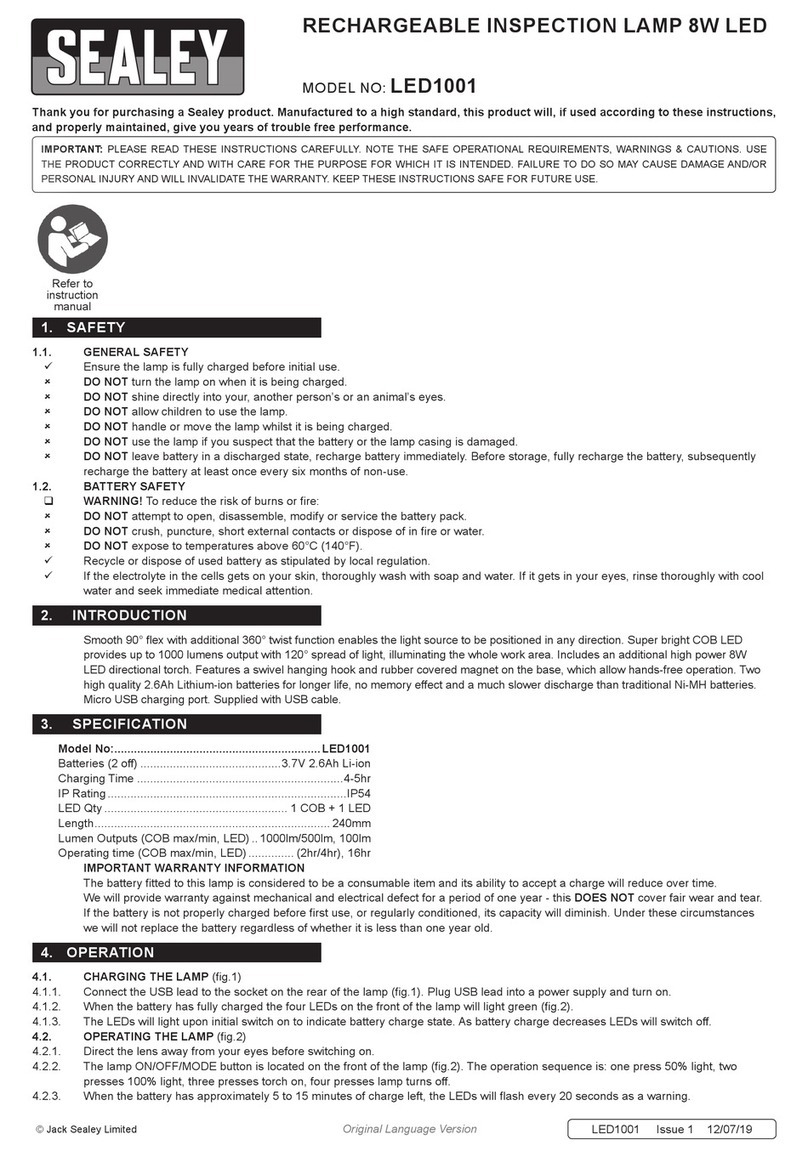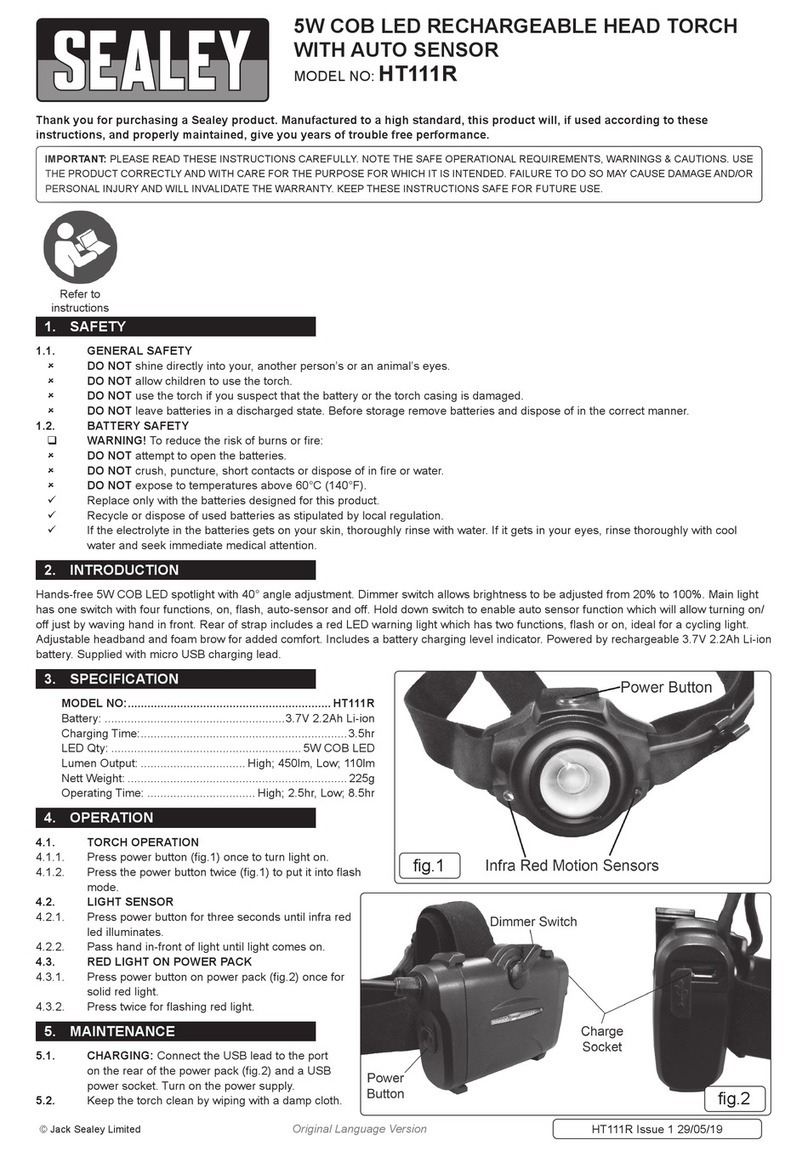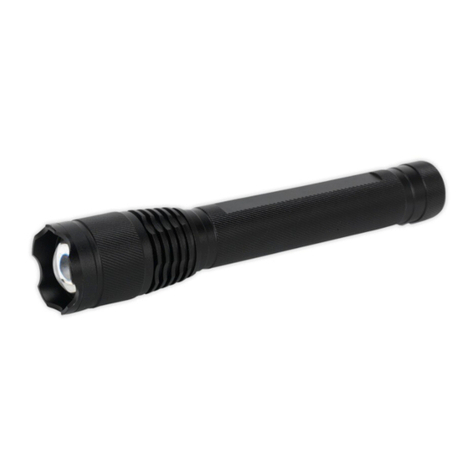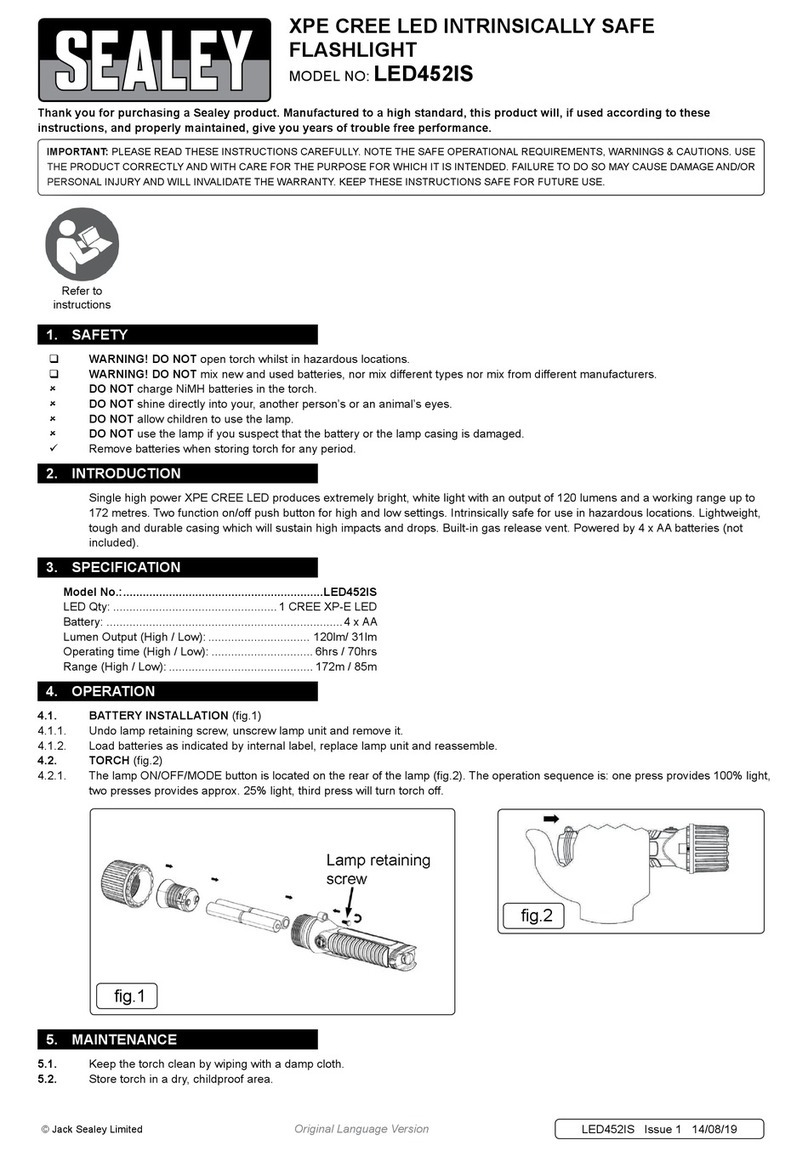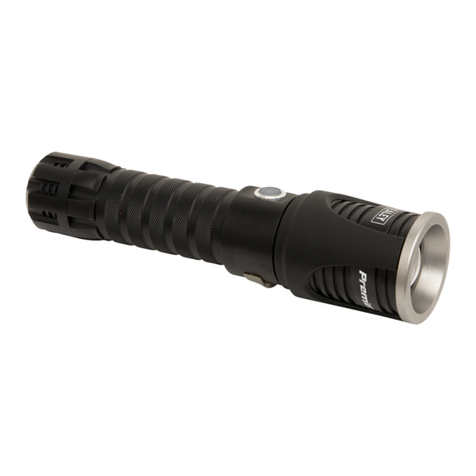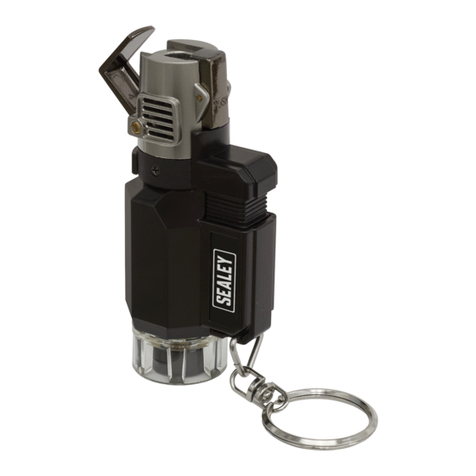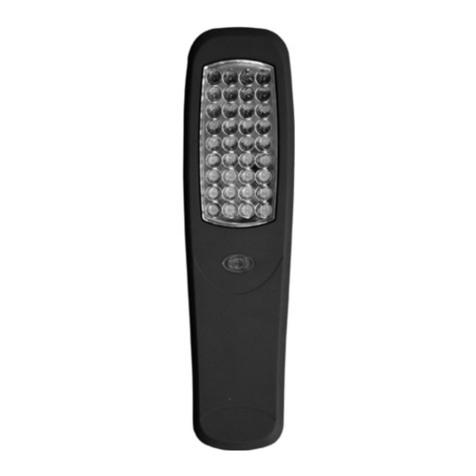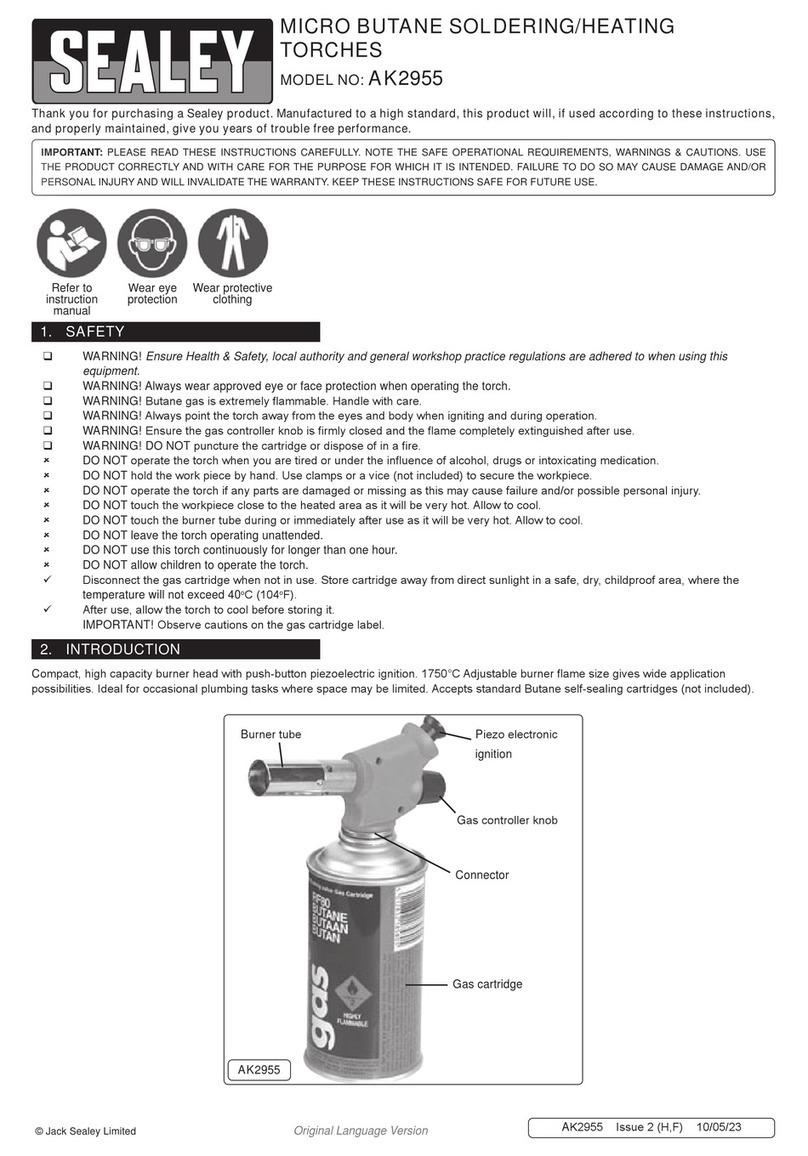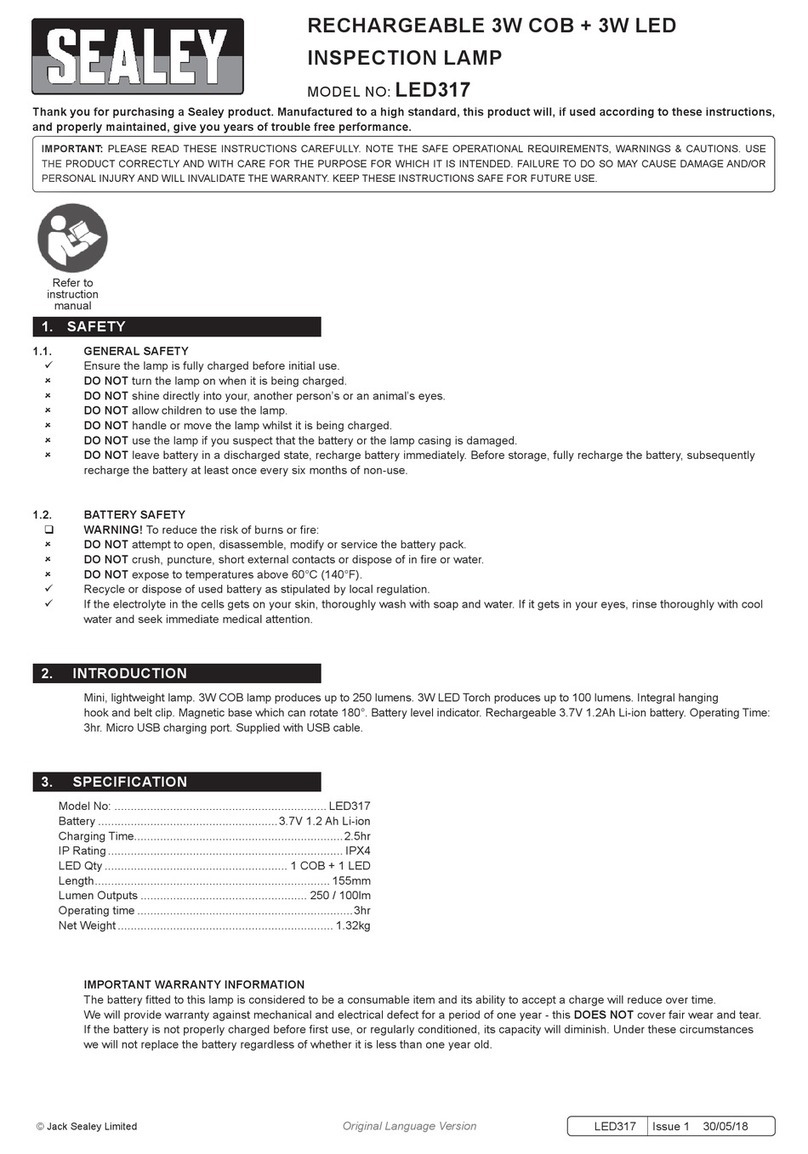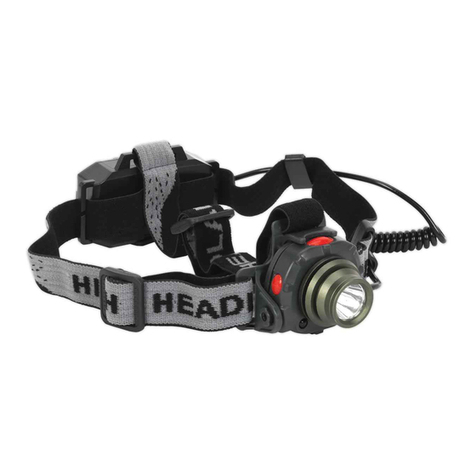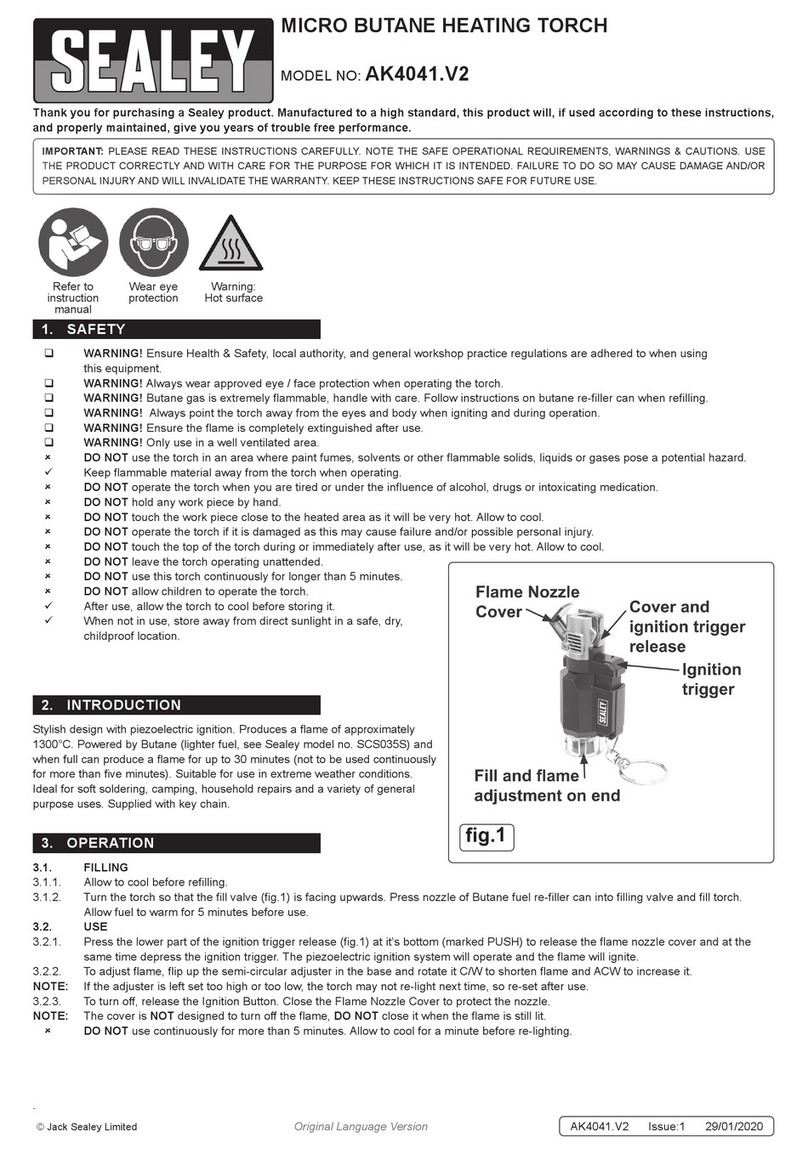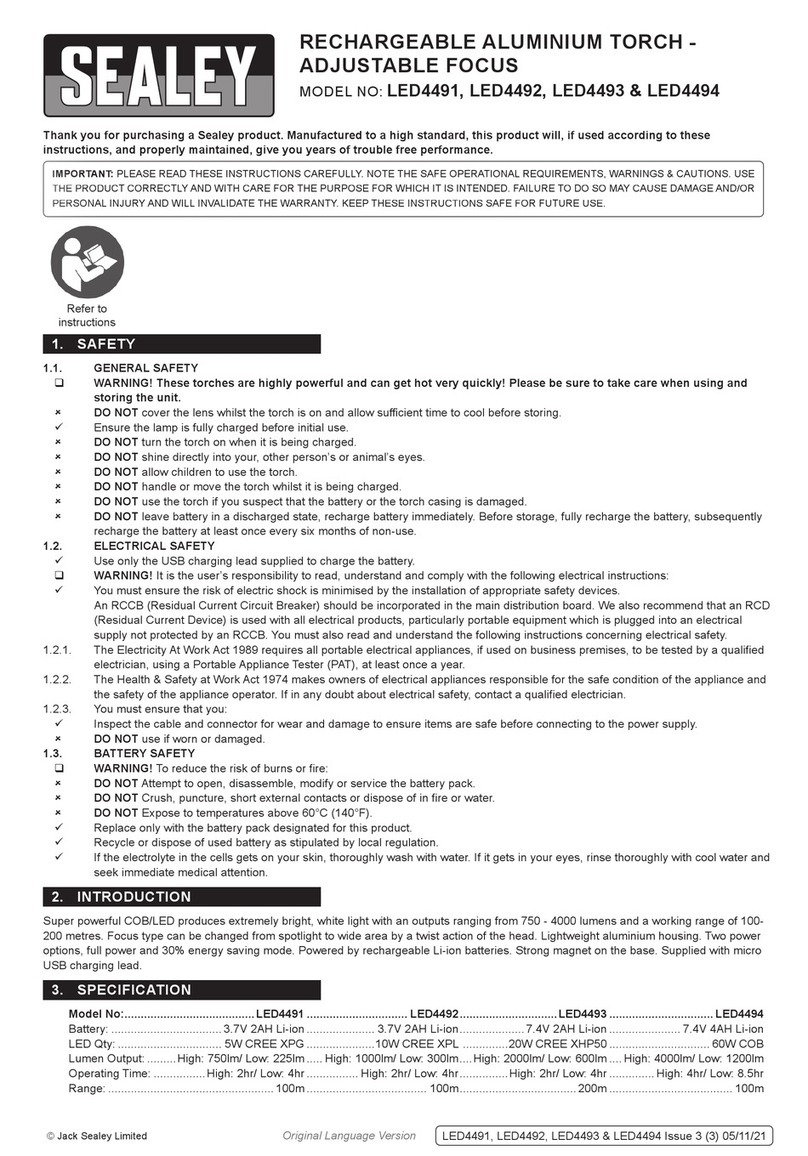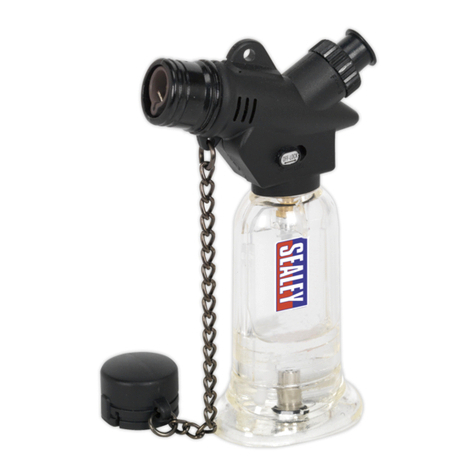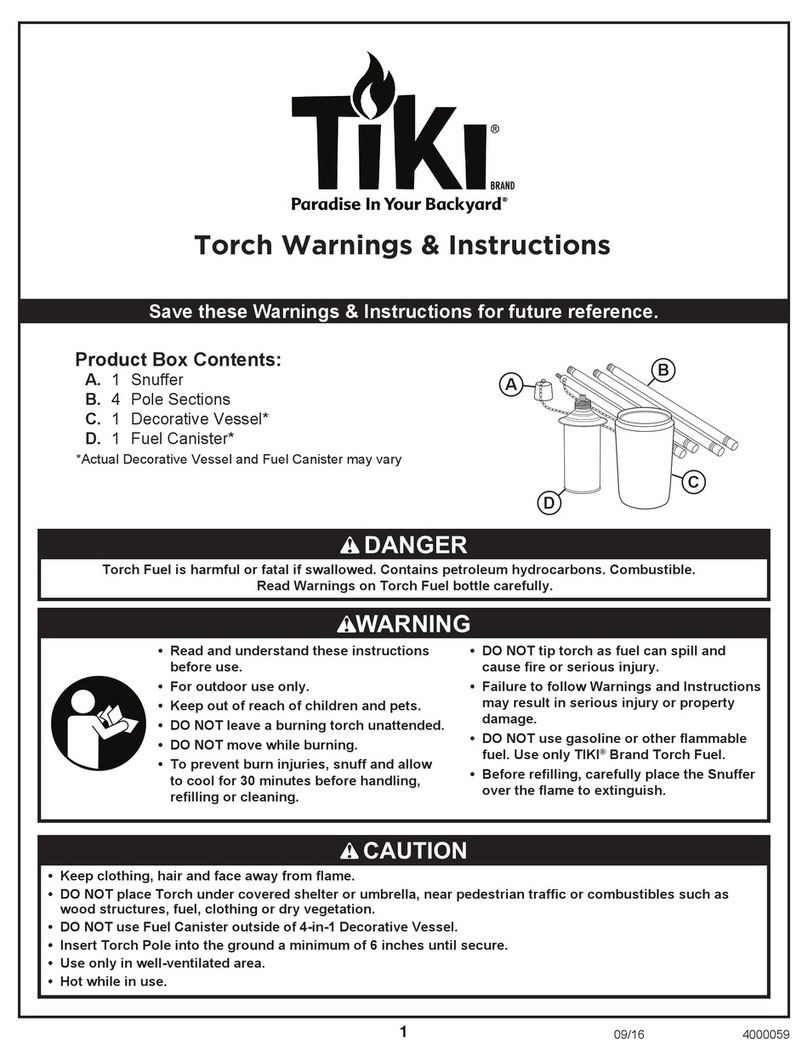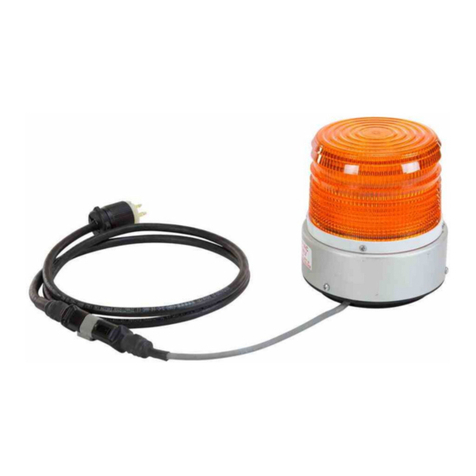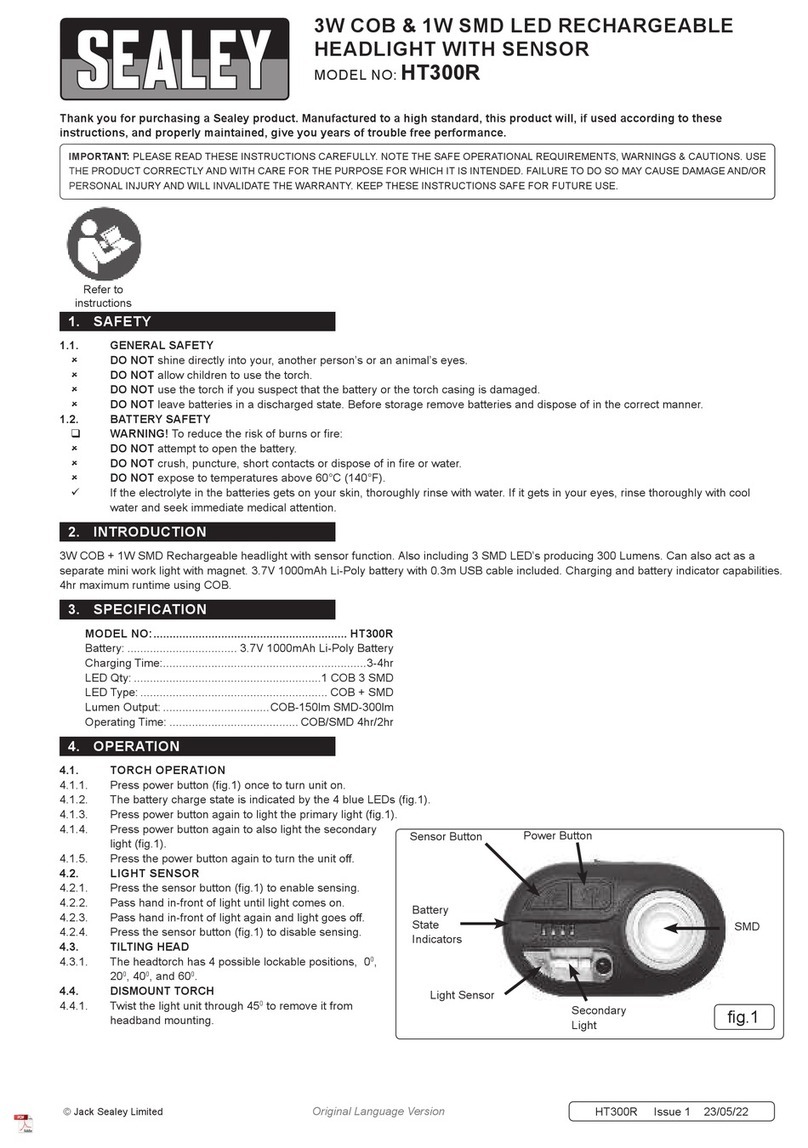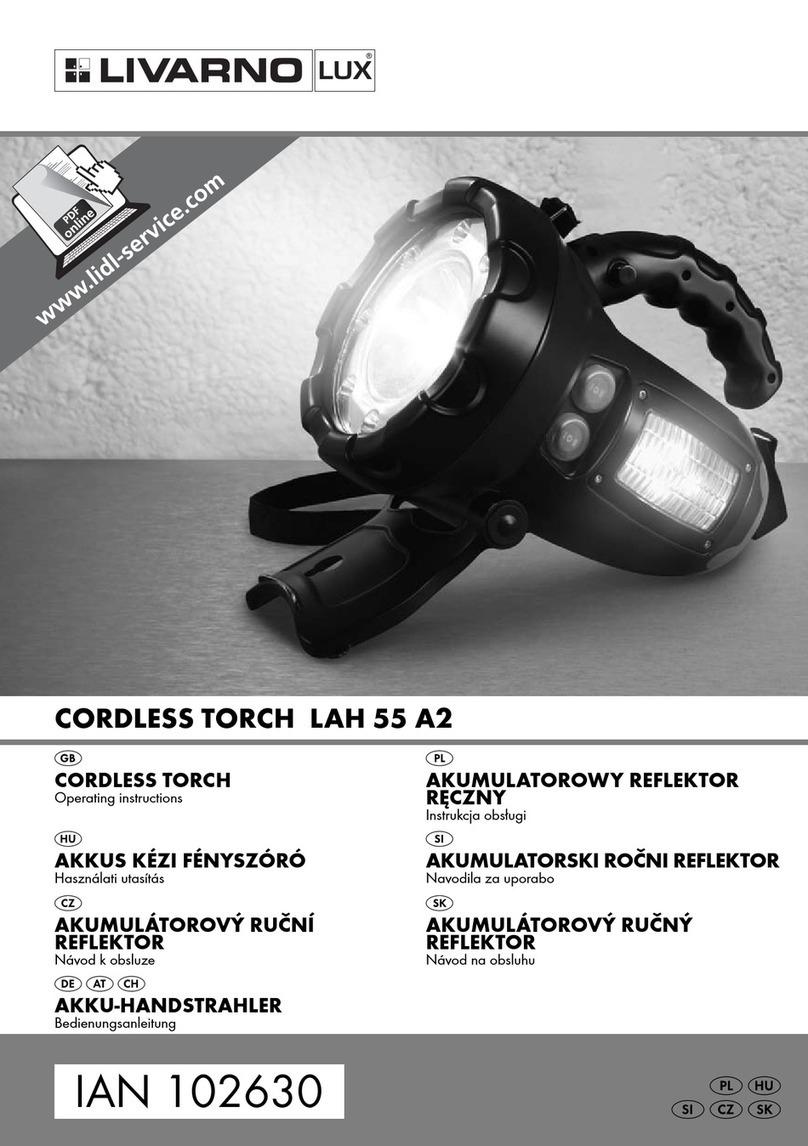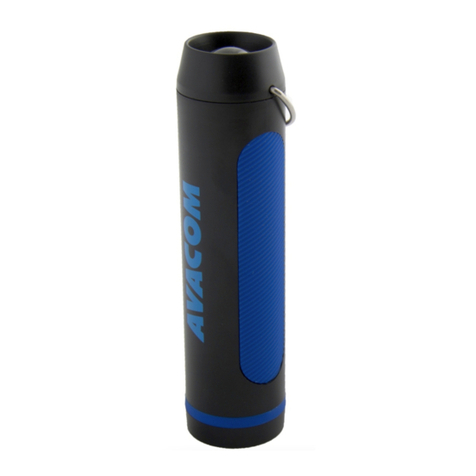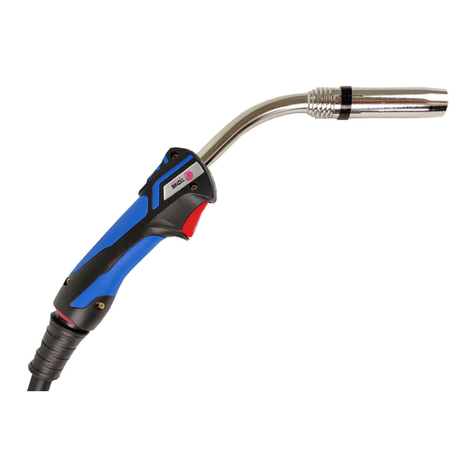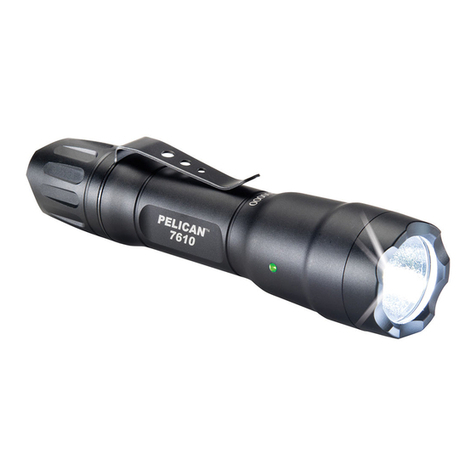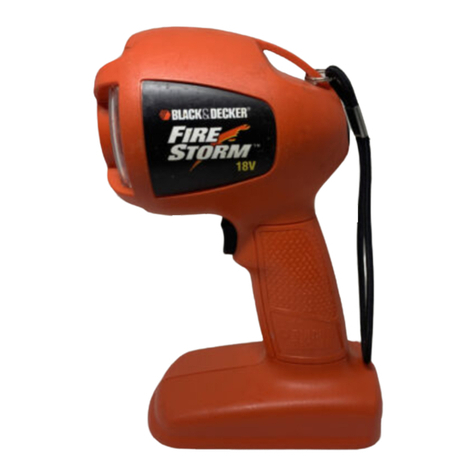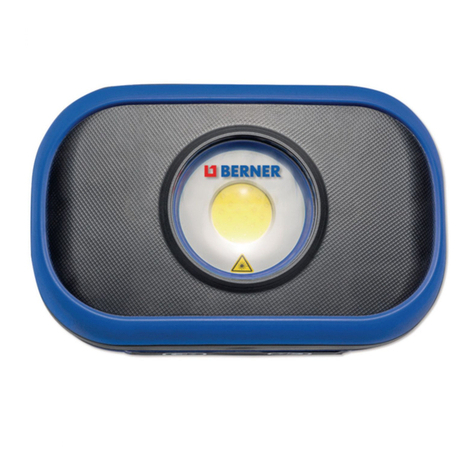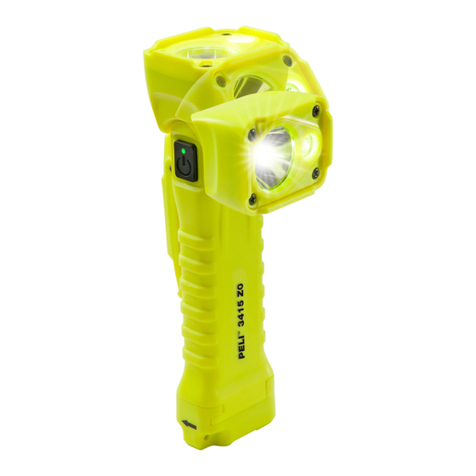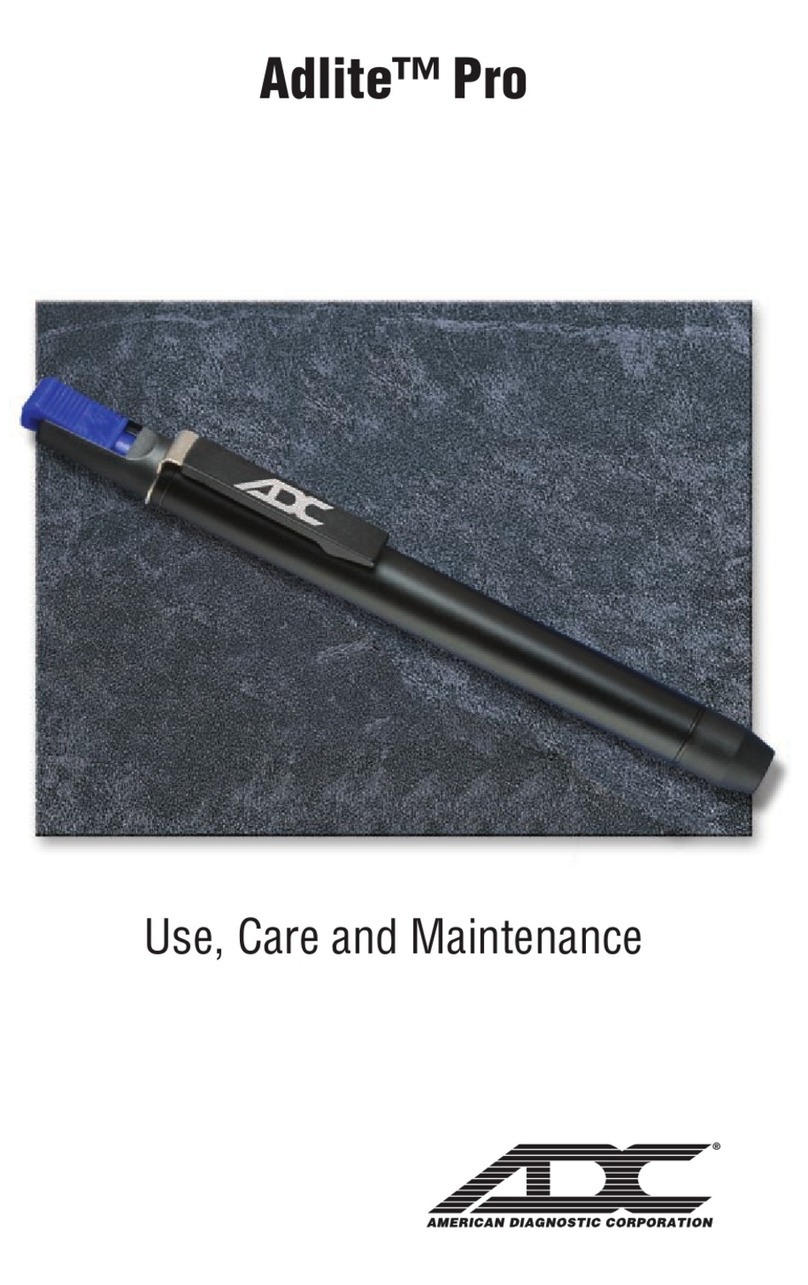
6. CUTTING
IMPORTANT. LEAK TEST ALL CONNECTIONS AND VALVES PRIOR TO EACH USE OF THE EQUIPMENT.
NOTE: These instructions are intended to describe the facilities and operation of the welding/cutting torch. They are not
intended to teach you how to weld or cut using oxyacetylene. If you have no experience of welding/cutting using oxyacetylene it
is essential that you seek training from a qualified person or approved training organisation.
6.1. Assemblethetorchforcuttingasdescribedinsection4.6(Seealsofig.3)
6.2. GAS CONTROL WHEN USING THE CUTTING SET-UP
6.2.1. The control of the oxygen and acetylene flows on a cutting set-up differs from a welding set-up in the following ways:
The oxygen control valve on the torch handle should be fully opened so that regulation of the oxygen flow takes place using only the
oxygencontrolvalveonthecuttingattachment(seefig.3A).
6.2.2. The flow of the acetylene is still controlled by the red coded knob on the torch handle.
6.2.3. The flame is then set up using these two control valves only.
6.2.4. Once the flame is set additional oxygen can be introduced into the centre of the flame to initiate the cutting process by operating the
oxygencontrollever(seefig.3B)mountedonthecuttingattachment.
6.3. SETTING THE GAS REGULATOR PRESSURES
6.3.1. Close the regulators by turning the adjusting screws anti-clockwise to relieve the pressure on the diaphragm before opening the cylinder
valves. Slowly open the cylinder valve on the oxygen and acetylene bottles in turn. As you do so the high pressure gauge (left hand) on
each regulator will register the pressure in the cylinder to which it is attached.
6.3.2. Slowly open each regulator in turn by turning the adjusting knob clockwise. As you do so the outlet pressure gauge (right hand) on each
regulatorwillregistertheoutletpressureofgasbeingfedtothetorch.Adjustthepressureaccordingtothesizeofnozzleinuseandthe
thickness of the material to be cut . Refer to the chart in section 8.
WARNING! Never set acetylene regulator at a delivery pressure above 15psi (1 bar).
6.3.3. After adjusting the regulators to the desired operating pressures check connections for leaks using an approved leak detection solution.
Check for leaks at all connections. If a leak is found, tighten fitting more securely. If leak persists, discontinue use and call your supplier.
6.3.4. Briefly open and close the acetylene valve on the torch handle to check that the gas is flowing.
6.3.5. Ensure that the oxygen control valve on the cutting attachment is closed.
6.3.6. Fully open the oxygen control valve on the torch handle.
6.3.7. Briefly open and close the oxygen control valve on the cutting attachment to check that the gas is flowing.
6.3.8. Brieflyoperatetheoxygencontrolleveronthecuttingattachmenttocheckthatthegasisflowingfromthecentreofthecuttingnozzle.
WARNING! Always use welding gloves and suitable eye protection when welding or cutting. Contact your local Sealey dealer for a full
range of protective equipment.
6.4. LIGHTING THE TORCH
6.4.1. Ensure that the gas hoses will not be in the way of the torch when ignited. Ensure that the torch is facing away from you before lighting.
6.4.2. Holdingthetorchinonehandandthestrikerintheotheropentheacetylenevalveonthetorchhandlea1/4turn(thevalveknobis
colour coded red). Operate the striker close to the tip to light the acetylene.
6.4.3. The cutting tip has six separate holes in it arranged radially and each of these holes will have a small flame coming from it. Develop
the correct flame at each hole by alternately increasing the flow of acetylene and then oxygen until a neutral flame is achieved at each
holehavingawhiteconeaboutan1/8”long.
6.5. USING THE OXYGEN CONTROL LEVER
6.5.1. Use the pre-heat flame to heat the metal to be cut to a cherry red colour. When the metal reaches this stage press the oxygen control lever
to initiate the cutting process. This feeds additional oxygen through a central hole in the cutting tip. No flame is produced from this hole but the
pure oxygen reacts chemically with the hot metal causing it to oxidise i.e. burn away.
6.6. SHUTTING DOWN AND LEAVING SAFE
6.6.1. Turn off the acetylene valve on the torch first and then turn off the oxygen valve a few moments later. Note: Turning the gases off in
the wrong order can cause damage to the torch.
6.6.2. Close both cylinder valves.
6.6.3. Drain gas from oxygen regulator by opening the oxygen valve on the torch handle. Similarly drain gas from the acetylene regulator.
6.6.4. Release the adjusting knobs on the regulators. This is done by turning them anti-clockwise.
7. MAINTENANCE
7.1. Annual maintenance should be carried out by a person who has sufficient practical experience of oxyacetylene gas equipment and a
detailedtheoreticalknowledgeofthefunctioningoftheequipment,thepropertiesofgasesusedandpotentialdefectsandhazards
which may occur and their importance to the integrity and safety of the equipment.
7.2. The chart shown below relates to Blowpipes. A similar maintenance schedule should be carried out in relation to Regulators,
FlashbackArrestorsandHoseassembliesaslaiddownintheCodeofPracticeCP7oftheBritishCompressedGasesAssociation.
Equipment Maintenance
Each time
equipment is used
by the operator
Annual Replacement/
refurbishment
intervals
Replacement/
refurbishment
guideline
Blowpipes Visual examination of
thenozzleandinlet
seatings for damage.
Leak test all joints at
working pressure.
Test valve functions.
Blank exits and
leak test for internal
malfunctions.
Determined by local
operating conditions. Replace with a new,
repaired or service
exchange unit.
Original Language Version
© Jack Sealey Limited SGA20,SGA60Issue:113/10/22
